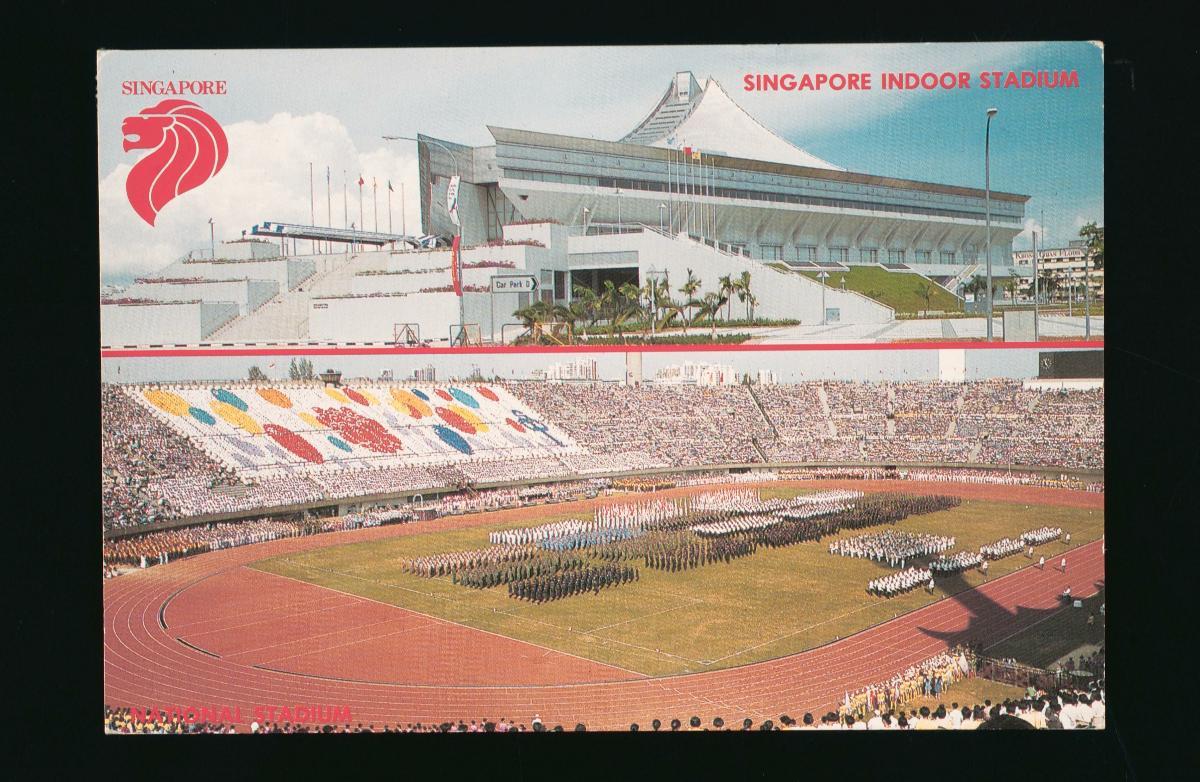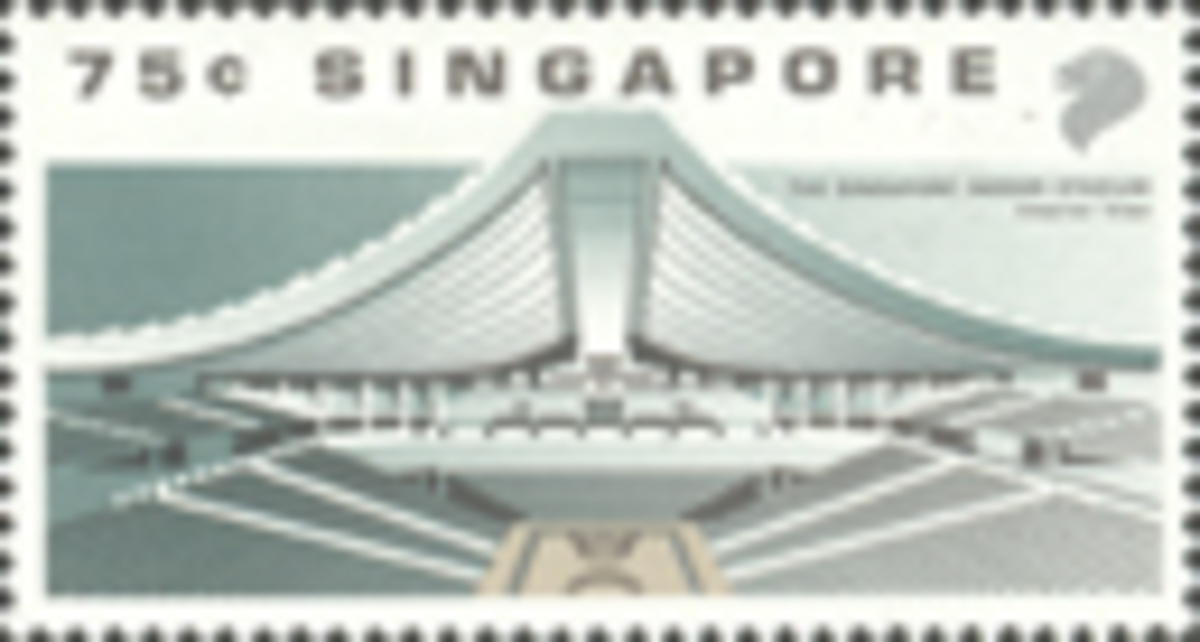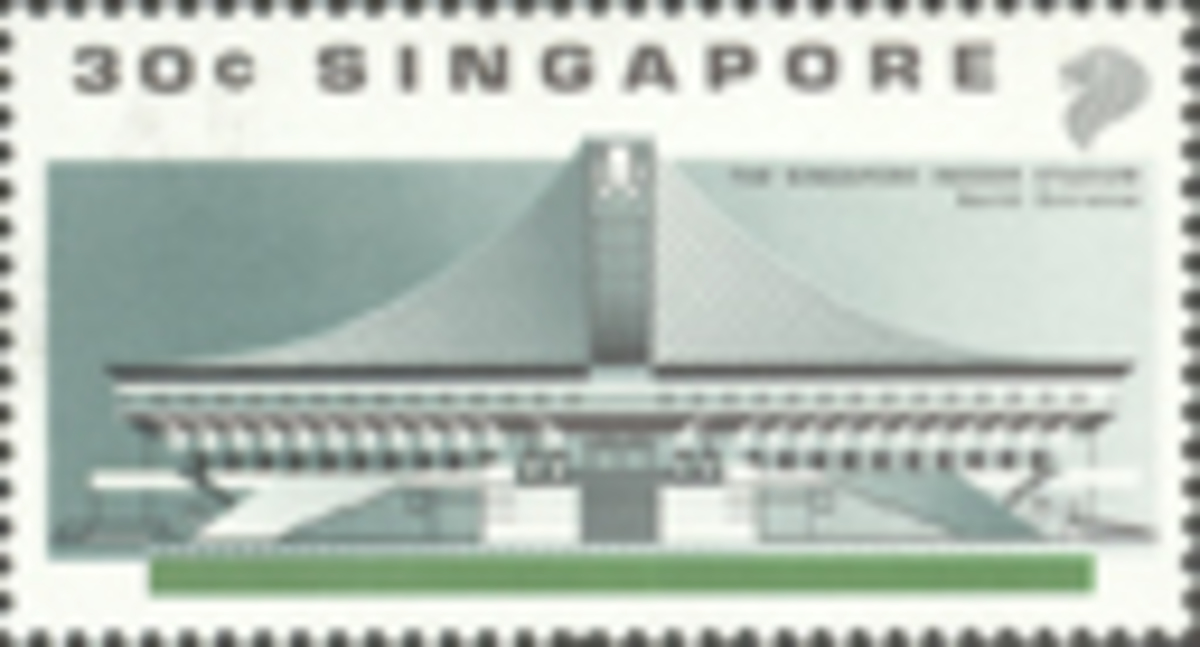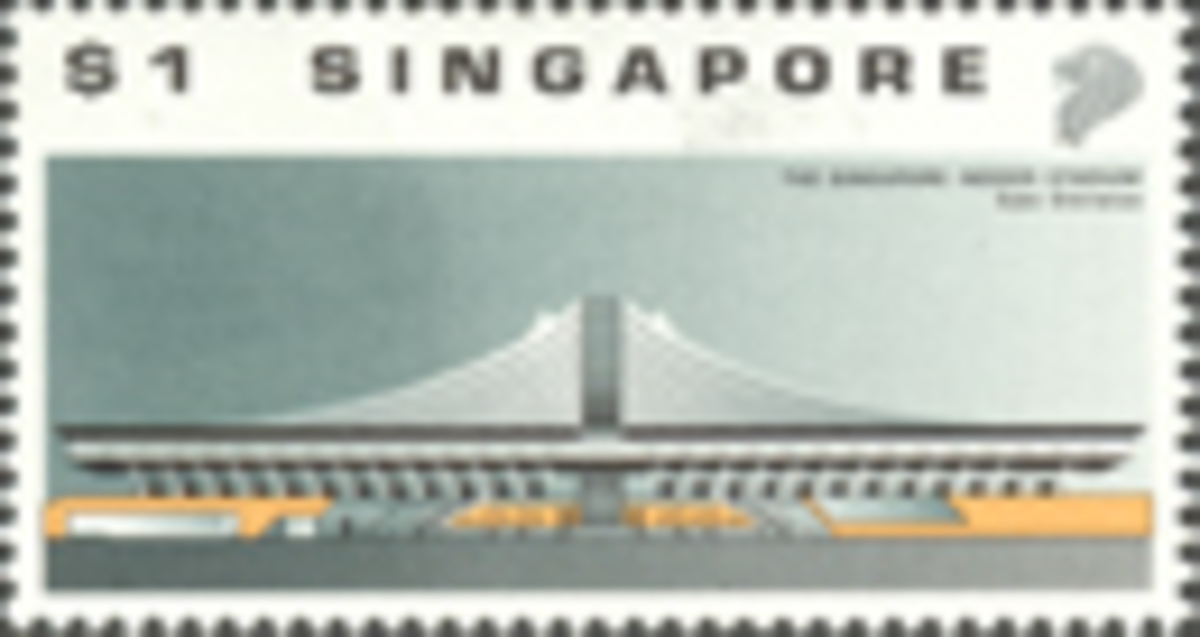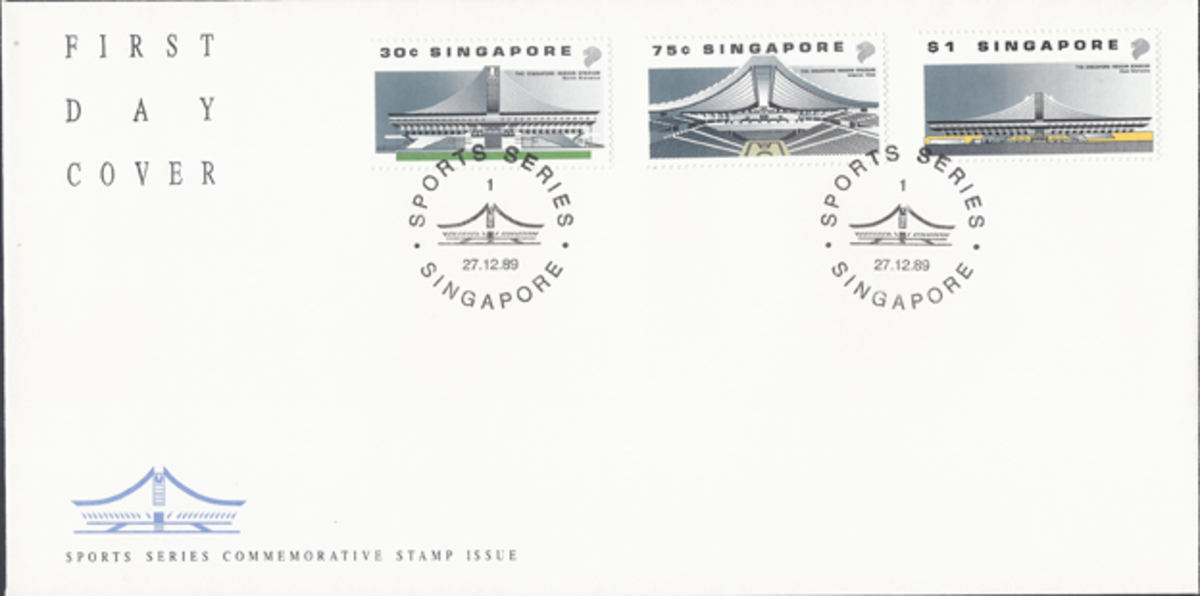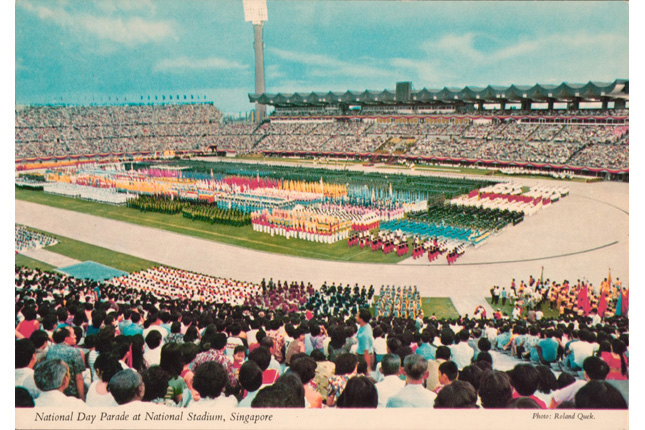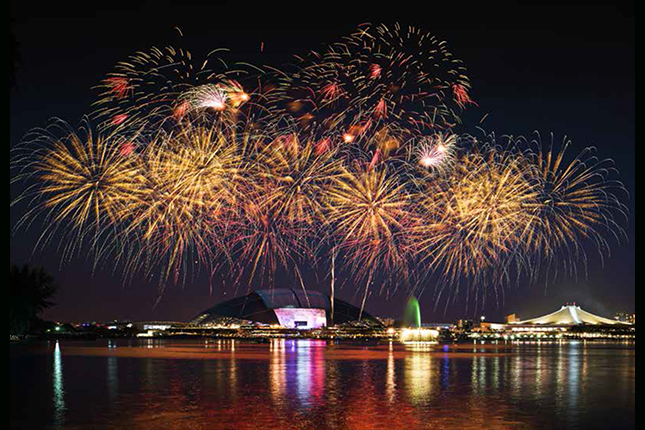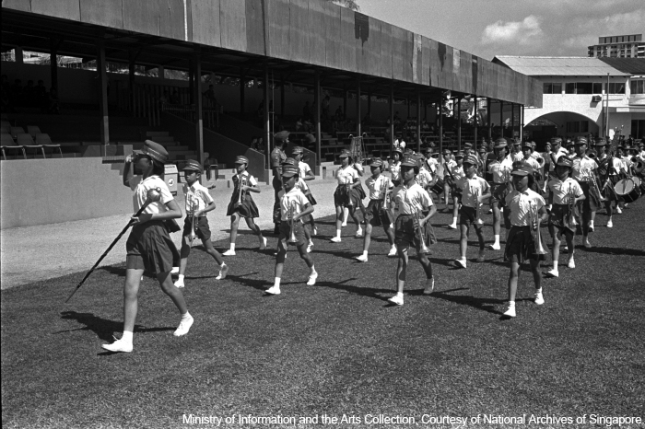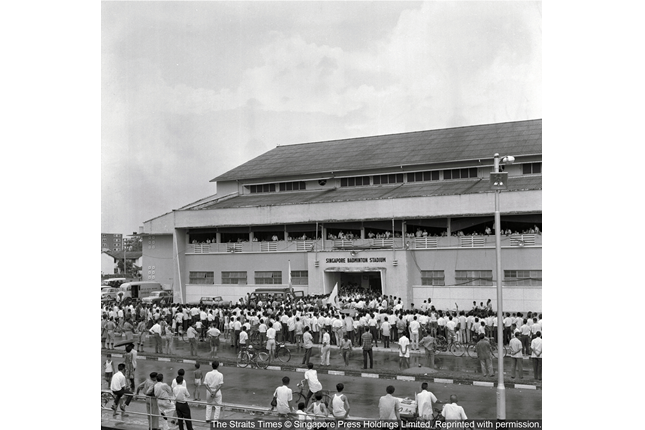The Singapore Indoor Stadium was officially opened in December 1989 by then Prime Minister Lee Kuan Yew. Designed by Japanese architect Kenzo Tange, the structure featured a cone-shaped roof modelled after that of a Shinto temple and was built at a cost of $90 million. Standing at a height of 47 metres, the structure is considered one of the tallest single-storey buildings in Asia. The stadium has been used as a venue for various sports, cultural and entertainment events since its opening. The structure has also undergone several upgrading works, notably the Stadium Waterfront project, which was started in 1998 to convert the West side of the stadium into a dining and entertainment area complete with restaurants and an outdoor performance site known as the Stadium Green. With its inclusion under the Singapore Sports Hub project, the stadium is likely to remain a popular indoor venue for Singaporeans.Following Singapore’s independence on 9th August 1965, then Minister for Social Affairs and Culture Othman Wok supported the building of a national stadium to encourage the people to take up sports. A private lottery company, Singapore Pools, was subsequently set up by the Ministry of Finance in 1968 to raise funds for the construction of a $50 million stadium at Kallang. The National Stadium was officially opened in July 1973 by then Prime Minister Lee Kuan Yew and was finished in time to host the 7th Southeast Asian Peninsular (SEAP) Games in September. The 50,000-seat stadium, which had an eight-lane running track and a football field, was subsequently used as a venue for sporting events, concerts and National Day Parades. When the stadium hosted football matches involving the national team, local fans would cheer the players on with the renowned Kallang Roar. In June 2007, the stadium was officially closed to make way for a new National Stadium to be built as part of the Singapore Sports Hub project. Due to delays in the project, the old stadium continued to be used for various events until demolition work finally began in September 2010.




